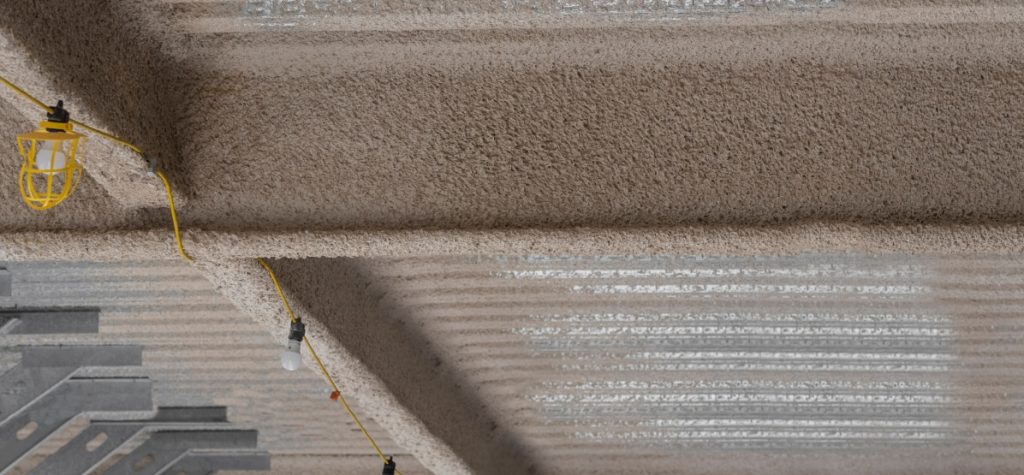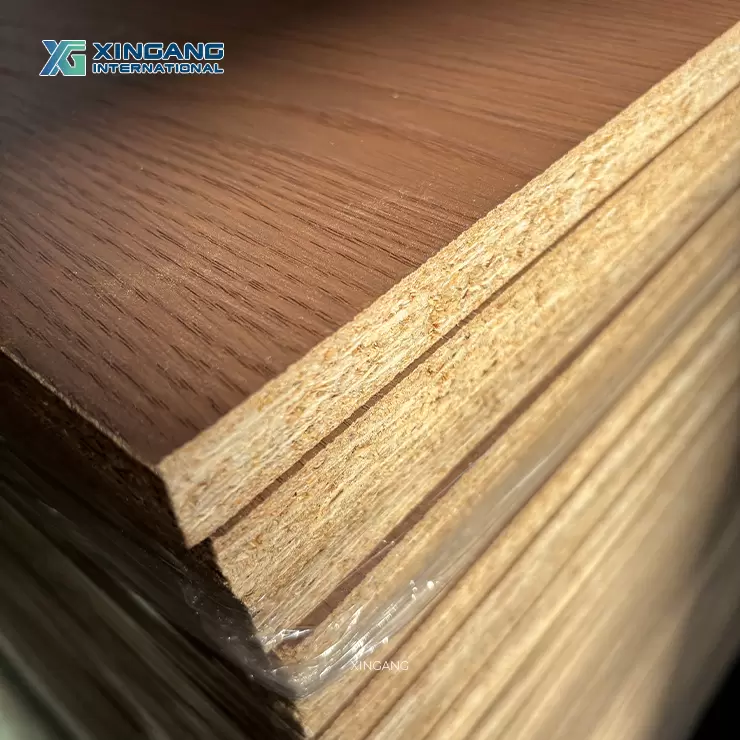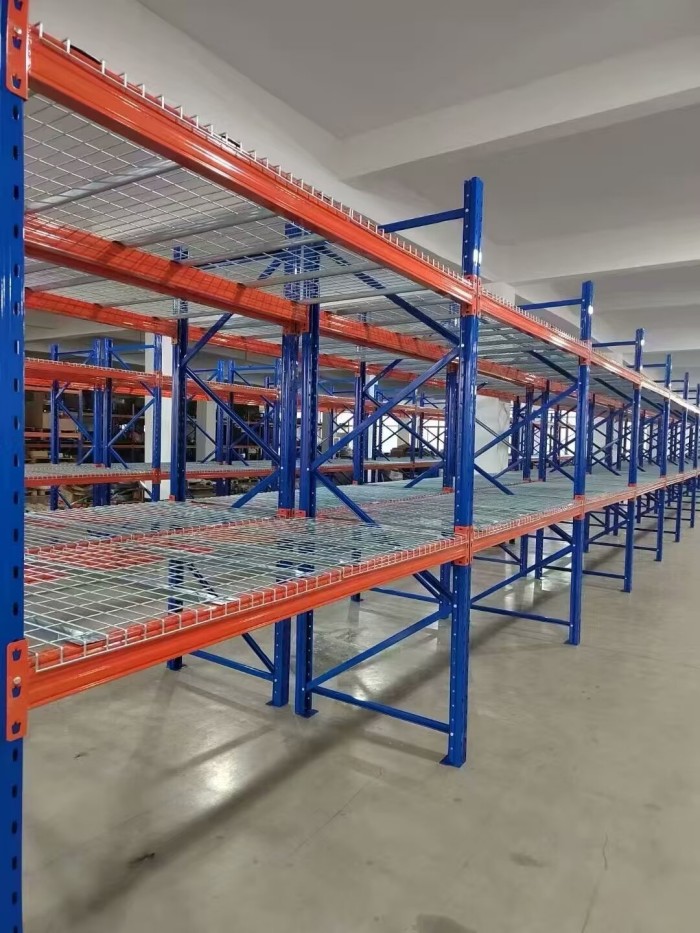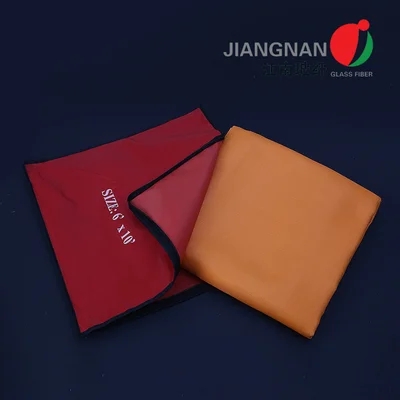Beyond Foam: Exploring Lightweight Materials for Innovative Applications
3 min read
In today's world, where lightweight and versatile materials are in high demand, foam has long been a popular choice. However, advancements in technology and material science have led to the discovery of even lighter alternatives that offer exceptional properties. In this article, we will delve into the realm of lightweight materials that surpass foam in terms of weight, performance, and versatility. From aerogels to advanced composites, we will explore the cutting-edge options available in various industries.
- Aerogels: The Ultralight Marvels:
Aerogels, often referred to as frozen smoke, are a class of materials known for their exceptional lightweight properties. Composed of up to 99.8% air, aerogels exhibit remarkable thermal insulation capabilities, making them ideal for applications in aerospace, construction, and energy sectors. These materials are derived from gels, where the liquid component is replaced with gas through a process called supercritical drying. With their low density and high porosity, aerogels offer a promising alternative to foam in terms of weight reduction and thermal performance. - Carbon Fiber Reinforced Polymers (CFRPs):
Carbon fiber reinforced polymers (CFRPs) are composite materials that combine the strength of carbon fibers with the flexibility of polymers. CFRPs are renowned for their exceptional strength-to-weight ratio, making them a preferred choice in industries such as automotive, aerospace, and sports equipment manufacturing. Compared to foam, CFRPs offer superior mechanical properties, including high tensile strength and stiffness, while maintaining a significantly lower weight. These materials have revolutionized lightweight design and are widely used in applications where strength and weight reduction are critical. - Graphene: The Wonder Material:
Graphene, a single layer of carbon atoms arranged in a hexagonal lattice, has gained significant attention in recent years due to its extraordinary properties. With its exceptional strength, electrical conductivity, and thermal conductivity, graphene holds immense potential in various industries. While foam provides insulation, graphene offers a lightweight alternative with enhanced electrical and thermal properties. From electronics to energy storage, graphene-based materials are paving the way for innovative applications that surpass the limitations of traditional foam-based materials. - Metal Foams: Lightweight and Strong:
Metal foams, a class of cellular materials, combine the structural integrity of metals with the lightweight properties of foams. These materials are created by introducing gas bubbles into molten metal and solidifying the mixture. Metal foams exhibit excellent energy absorption capabilities, making them suitable for impact protection in automotive and aerospace industries. Compared to traditional foam, metal foams offer enhanced strength and rigidity while maintaining a relatively low weight. Their unique combination of properties makes them an attractive choice for applications requiring both lightweight construction and structural integrity.
Conclusion:
While foam has been a go-to lightweight material for various industries, the quest for even lighter alternatives has led to the discovery of remarkable materials. From aerogels and CFRPs to graphene and metal foams, these materials offer superior properties that surpass traditional foam-based materials. As industries continue to push the boundaries of innovation, these lightweight alternatives provide exciting opportunities for enhanced performance, energy efficiency, and sustainability. By embracing these advancements, we can unlock new possibilities and redefine the limits of what is considered lightweight in the world of materials.



